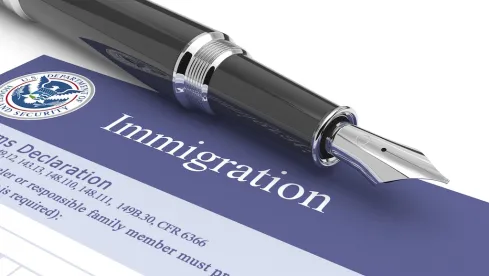There has been ongoing debate about how to stop the opioid crisis in the United States. To stem the flow of illegal drugs through the mail, DHS Science and Technology Directorate, in collaboration with CBP, the Office of National Drug Control Policy, and the U.S. Postal Inspection Service, has launched the Opioid Detection Challenge, a $1.55-million challenge to find new solutions to detect opioids.
The challenge calls upon innovators in many fields (including forensic science, industrial quality assurance, and artificial intelligence) “to submit novel plans for rapid, nonintrusive detection tools that will find illicit opioids in international mail” without disrupting mail flow. Plans must be submitted by April 24, 2019.
The solutions will have to be highly innovative as they must meet the following requirements:
- Solutions cannot physically penetrate the parcels;
- Solutions cannot involve pretreating parcels;
- Solutions cannot rely on external data such as information about the sender or recipient that cannot be gleaned directly from the parcel;
- Solutions must be moderate in size; and
- Solutions must be able to process parcels up to 27” x 17” x 17”.
Up to eight finalists will participate in a 14-week prototyping accelerator leading to a mandatory live test event.
President Donald Trump has championed the border wall as part of the solution to the opioid problem, while others, including the Drug Enforcement Administration (DEA), have noted that although illegal drugs do come into the United States over the Mexican border, most come through “legal ports of entry, followed by tractor-trailer, where the heroin is co-mingled with legal goods.” In addition, DEA is apparently not certain that the Mexican border is the “main front,” indicating that “[f]entanyl can be ordered through the mail from China, and it is typically much purer, and thus more potent and deadly, than Mexican-sourced fentanyl.” According to CBP, “large-scale drug trafficking can occur via small packages sent in the mail.”
In 2018, Congress passed and President Trump signed the Synthetics Trafficking and Overdose Prevention (STOP) Act in part to plug a loophole in the USPS system that may have been making it easier to traffic in illicit drugs by mail. According to Senator Rob Portman (R-Ohio), one of the bill’s sponsors, the STOP Act requires the “U.S. Postal Service [to meet] the same screening standard as private mail carriers.” That is, the USPS will have to screen for fentanyl from overseas. Private carriers had been screening packages abroad and providing “advanced electronic data” (AED) regarding the contents of these shipments, which allowed CBP to then more-efficiently target questionable packages. The USPS had not been providing any AED.
The results of the Opioid Detection Challenge may be a boon to the USPS, as well as private carriers and CBP, making the detection of illicit drugs sent through the mail much more effective.




 />i
/>i

